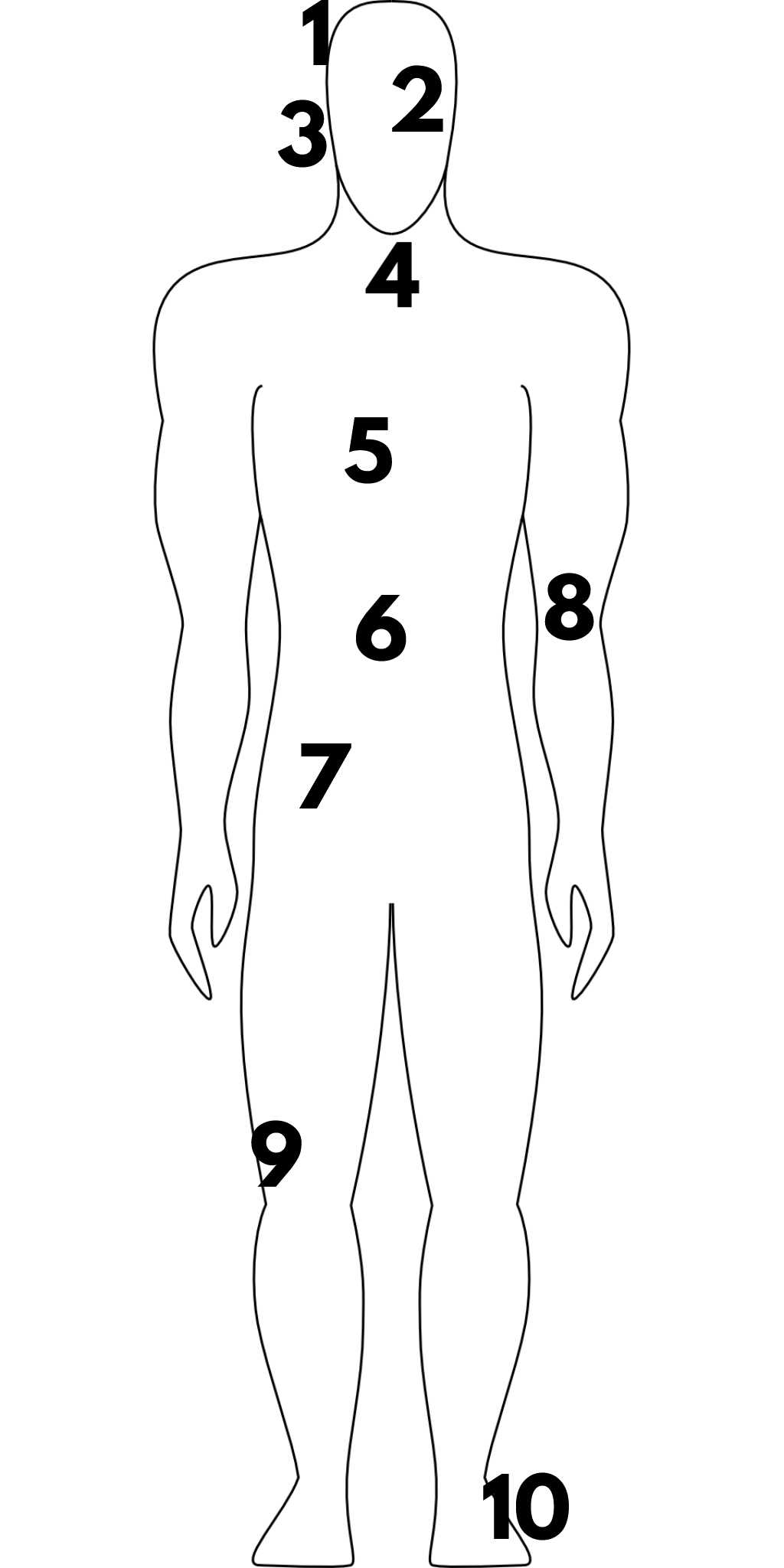
Where Is the Problem? Trivia Quiz
Where is the problem? It is your task to identify the area of the body that is affected by each of the listed conditions or ailments. Numbers are placed as close to the affected area as possible.
A label quiz
by spanishliz.
Estimated time: 3 mins.
